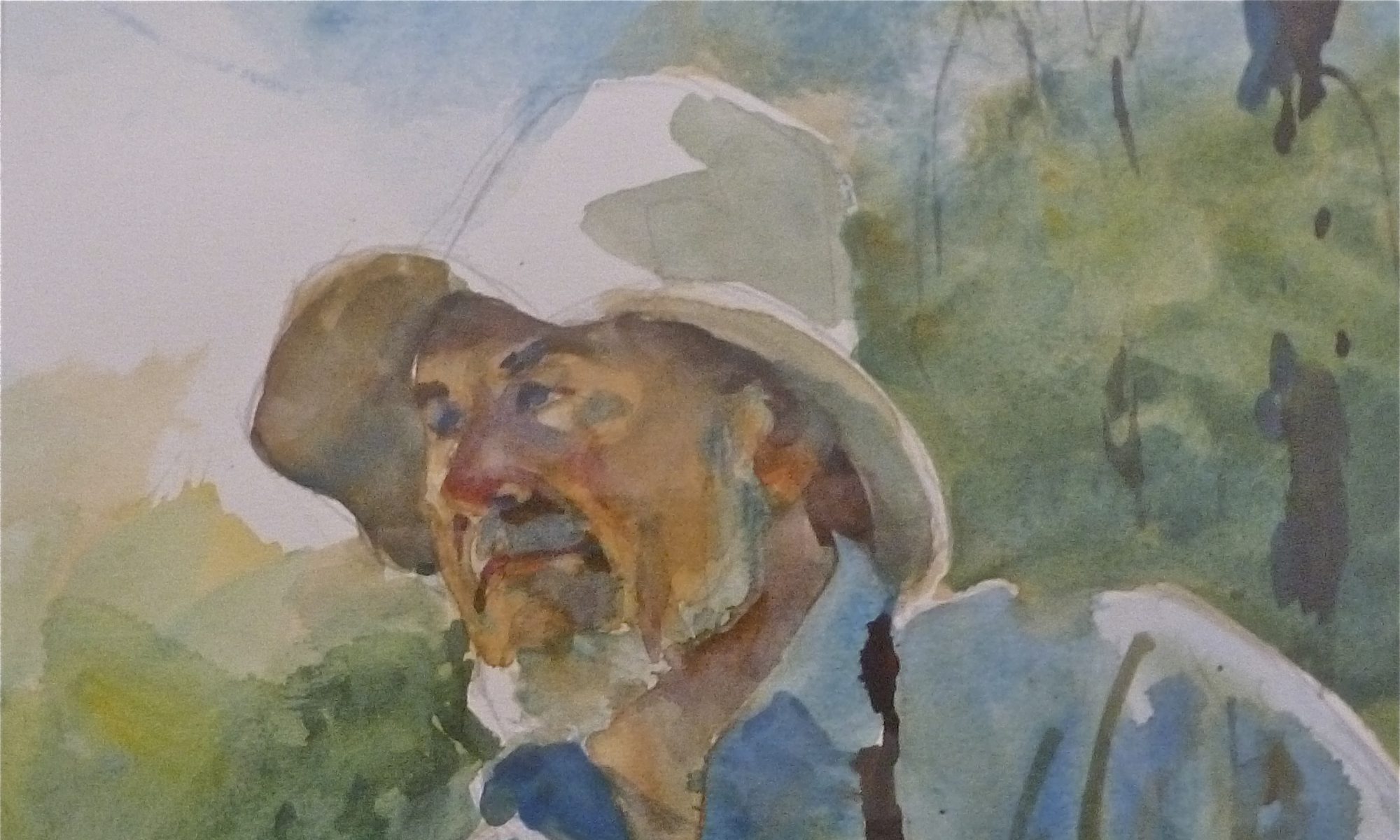 |
| Cost $1590 |
Early in 1948 there were rumors of the new restyled Ford at the Seaview Garage. Packages of literature began to pile up under the Parts Department counter, tubes of posters leaning in the corner, all sealed tight. Jim, the parts manager, kept guard over this booty.
My head spun with ideas of what the new Ford was going to look like. In the summer of 1947, I saw a new-style Studebaker while visiting my grandmother in Holliston, MA. One had to look twice to know which direction it was going to go! Another new style was the ’47 Kaiser; there was one in town. I molded these new designs in my head and came up with the new Ford.
It was springtime and rumors were that there were two ’49 Fords stored in Seaview! Where, oh where could they be? My head searched all of the garages and barns nearby. Al C’s two-car garage? No. A three-car garage down the street? No. A large barn down Summer Street? Nope. Then, right under my nose, why were Charlie and Mrs. Langille’s two Fords parked on Station Street?
Charlie had recently built a two-car garage on Station Street after he sold the Seaview Garage, so he could now keep their two new Fords safe and under cover. They had been out for a few nights, and the garage windows had cardboard over them. How was I going to get into his garage to see the new Fords? My head spun with ideas. The best I could do was, after school, and when Charlie wasn’t home, to ask Mrs. L if she had any odd jobs for me — I needed 50 cents for gas for my old woods car. (My A-bone pick-up, a story for later). Mrs. L said she would clean out her flower garden, which ran from Summer Street to Station Street. I was to fill the wheelbarrow and dump it across the old railroad bed. That would be tomorrow!

Oh my, would tomorrow ever come? My plan was to ask for the keys to the shed to get the rakes and wheelbarrow, then unlock the side garage door and take a peek! Well tomorrow came, the longest day in school I’d ever had! Off the bus, change my clothes, over to Mrs. L’s. She was already out, and had piles of litter, so no keys! But no wheelbarrow either! I asked where it was. Mrs. L said it wasn’t in the shed but was in the garage in the far corner, and the garage was unlocked. Oh my word, how easy was this going to be . . .
She told me to lift the wheelbarrow over the cars and to be careful. I ran to their garage, opened the door, flipped on the light and oh —–! The cars were covered! I lifted the front of the nearest, and oh my! A black, wide thing with a large bullet in the middle of the grille. Then I slipped down to the rear of the other, lifted the cover . . . this car was either light green or tan — I can’ t remember. They had no fenders, that is, not added on! Long, low, wide, somewhat a cross between a Studebaker and a Kaiser, much like my mental picture.

It even had fender skirts!
I could barely get the ‘barrow from the corner, over the hoods, out the door, down the stairs, and now I had no interest to pick up the garden litter! But I did, and earned a dollar — very generous for two hours work and a preview of the new 1949 Ford. Wow, life was good. Bragging rights in school — and I did! Mrs. L. didn’t have a clue I was interested in the cars or that I would take a peek.
The Seaview Garage got cleaned up, floors got painted, windows cleaned. The big opening day came and that weekend I helped pass out literature. The Ford Motor Company strained to catch up on the thousands of orders.
by Ray Freden
Originally published in the Marshfield Mariner, February 18, 2009







